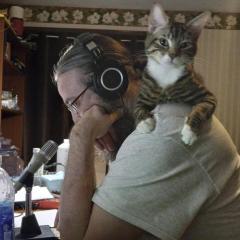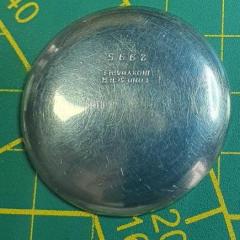Mainspring 'safety'
-
Recently Browsing
- No registered users viewing this page.
-
Topics
-
Posts
-
By Mathijs050 · Posted
Hi all, I am Mathijs from the Netherlands and I like to restore vintage watches and sometimes customize them. Hope to learn a thing or two here about movements and hope to restore a movement one day. Cheers -
Hello all, just disassembling to service, but I can’t figure out the working of the calendar work…it’s not operational the jumper and spring are ok, but the operation of the driving wheel has me at a loss. I can’t see a cam to drive anything. Is something damaged or missing? Help please!


.thumb.jpg.19a9c4ff164d78d516aa9f05a063752b.jpg)




Recommended Posts